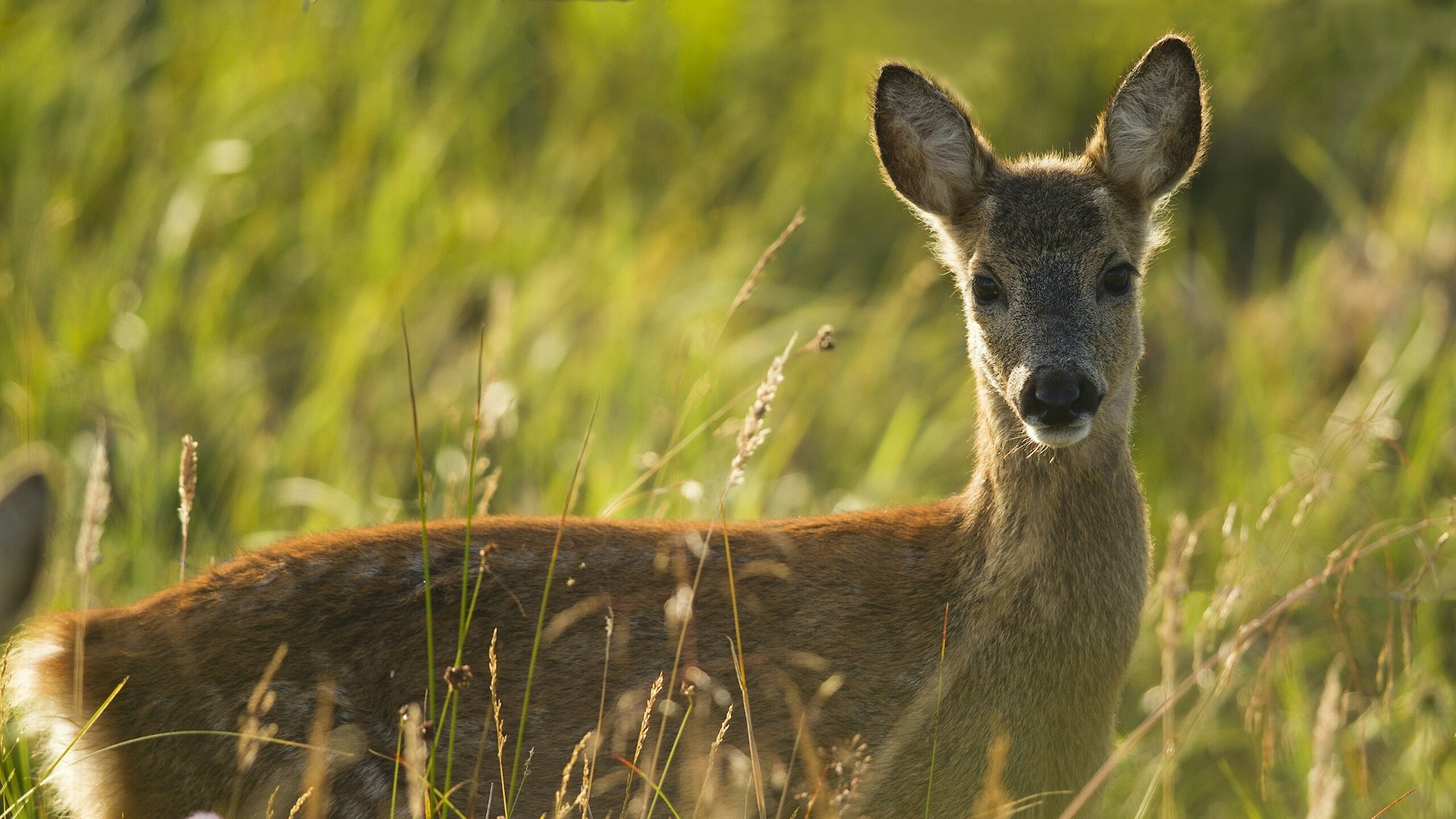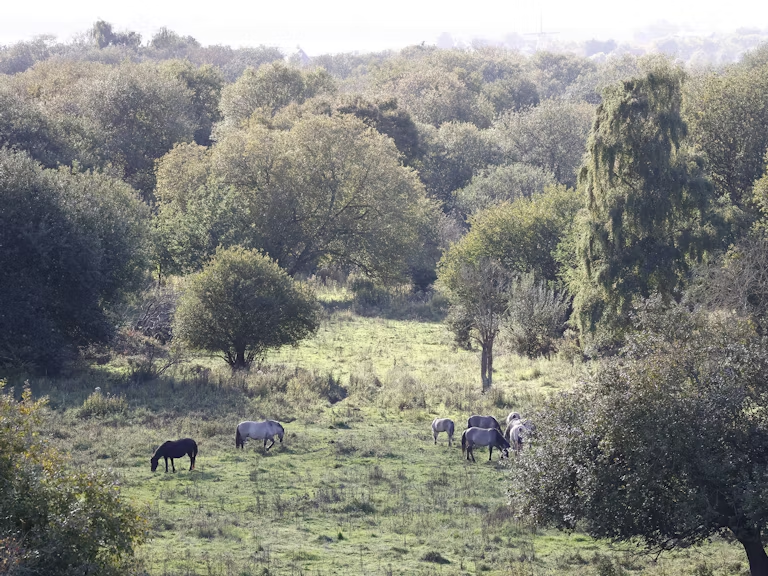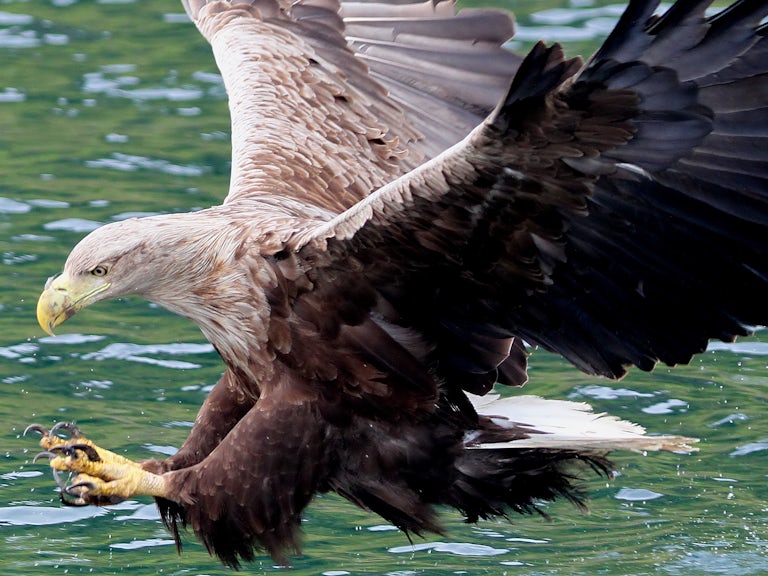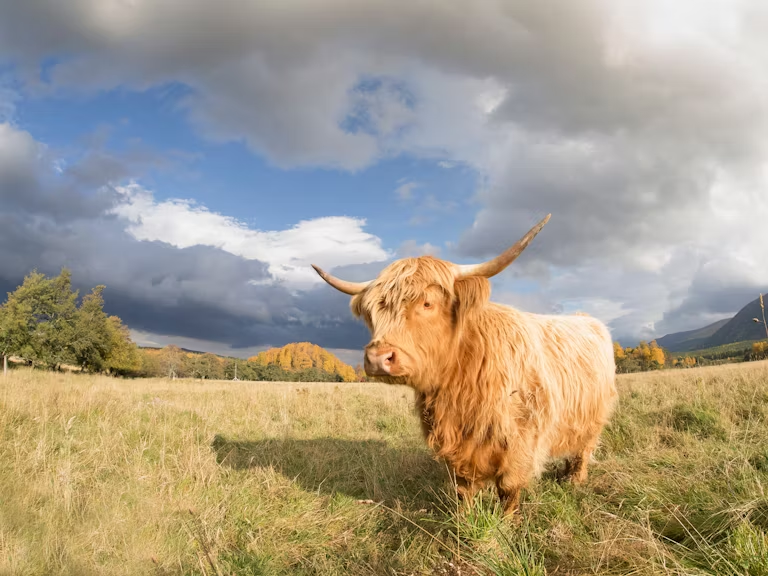Roe deer
Capreolus capreolus
A medium-sized woodland browser with a rusty red summer coat, white rump and no tail.

How it shapes the landscape
When not too abundant, roe deer are an important participant in woodland life, creating discrete, small-scale disturbances and sculpting the development of open shrublands and the woodland understory. They habitually beat well-worn paths, loved by feeding song thrushes and dunnocks. Their faeces attract various invertebrates. They create small scrapes of disturbed soil with their hooves, which invertebrates dig at and bask in.
Where it likes to be
Roe deer are very much a species of woodlands and shrubby woodland edges, from where they’ll venture into adjacent open ground such as farmland, parks and larger gardens when the coast is clear and they feel safe.
How much space they need
Roe deer need a good amount of space and tree cover in which to forage, but like many mammals will range across different sizes of area according to food availability, season and climate.
Background story
A true British native since at least the Mesolithic, roe deer were almost extinct in England, Wales and Southern Scotland by the 18th century, due to hunting. They’re now widespread and common. Their excess numbers are problematic for foresters and farmers, and for woodland wildlife that needs the thickets that roe deer love to nibble. The lynx was once the roe deer’s most feared foe in the British landscape but there are now no natural predators.
Can we have them in Britain?
Roe deer are already over-abundant and their populations subject to on-going management locally throughout their range.
In summary
- A medium-sized woodland and shrubland deer
- Almost extinct in much of Britain by 18th Century
- Overabundant in places, with no natural predators (for example, the lynx)
- Management of roe deer numbers may be required within rewilding areas
- Roe deer tend to graze at night



